Blended finance grows forest futures in Bolivia
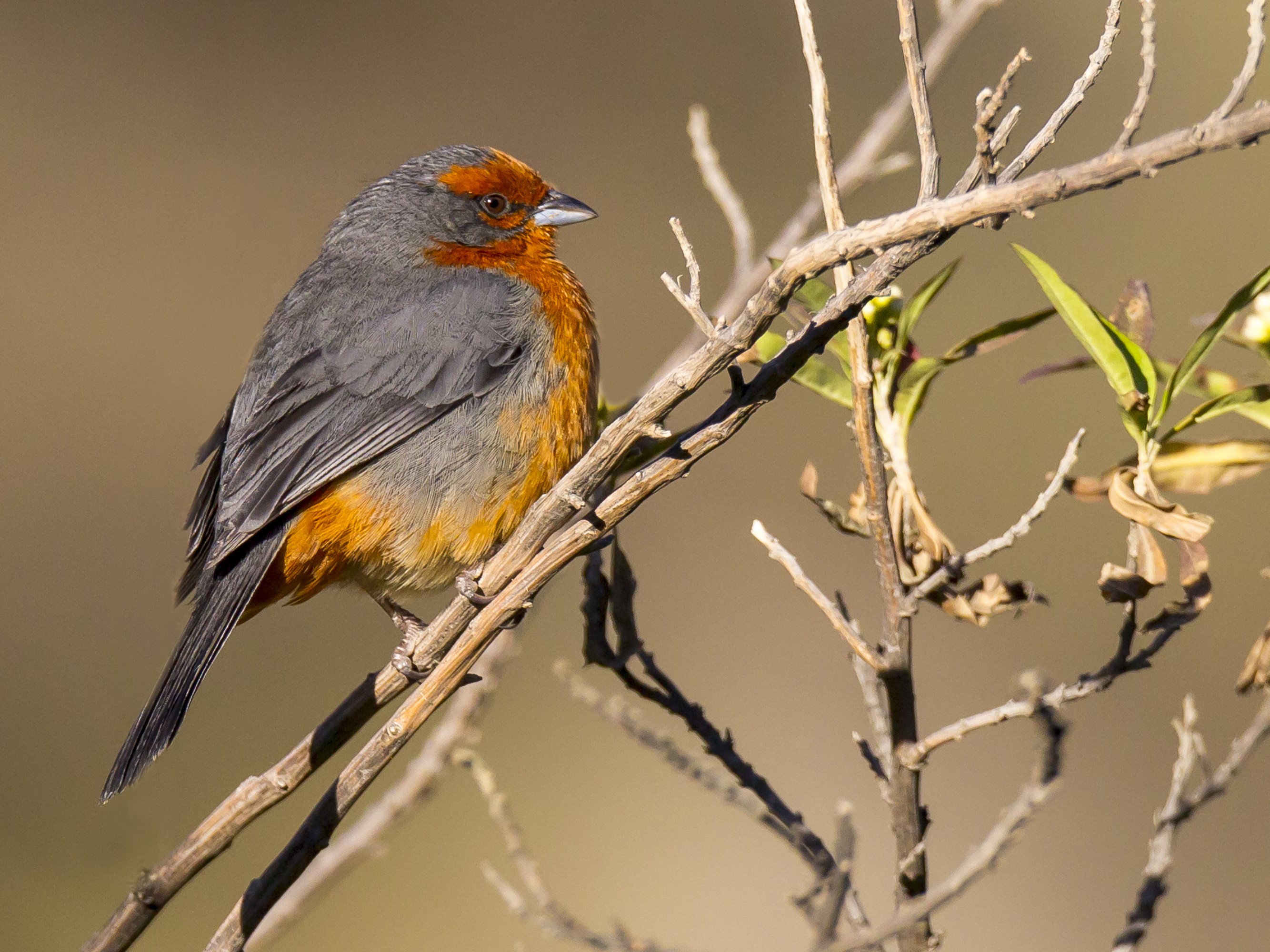
Cochabamba Mountain-Finch. The project area (southern slope of the Tunari National Park) is the population stronghold for this endemic Bolivian bird. Credit – Paul Jones.
From conflict to custodianship: Protecting ecosystem functions in key watersheds for biodiversity and people
For decades, the relationship between local communities and conservation authorities in Bolivia’s Tunari National Park was fraught with tension. The establishment of the protected area was often seen as a barrier to rural development, leading to native forest destruction and the loss of vital ecosystem functions. Our project set out not just to plant trees, but to fundamentally transform this dynamic, proving that with the right partnerships and innovative financial models, communities can become the most powerful custodians of their natural heritage.
The challenge was clear: how to restore a critical landscape while ensuring the people who call it home benefit directly? We knew that grant funding alone, while essential, could not create the lasting change required. Our strategy was to use the Darwin Initiative award as a catalyst to build a coalition and leverage diverse funding streams, creating a truly sustainable, community-owned conservation programme.
The power of partnership: Unlocking public and private investment
Our first step was to build trust and formalise partnerships with key public institutions. We signed cooperation agreements with the Tiquipaya Municipal Government and the Regional Government of Cochabamba. This collaboration was more than just a formality; it was a cornerstone of our financial strategy. The municipal government provided crucial resources like land and utilities for our main tree nursery, while the regional government contributed tens of thousands of saplings annually from their own nurseries.
This public-sector buy-in created a powerful multiplier effect. When the project invested £9,804 to improve local water systems for agriculture and firefighting, the Tiquipaya municipality was inspired to provide an in-kind contribution valued at approximately £10,000, which in turn helped secure another £10,000 from other donors. This blended approach allowed us to construct seven large water reservoirs with a total capacity of 1.5 million litres – an investment the communities could never have afforded on their own and a perfect example of how targeted grant funding can unlock significant public investment for nature.
A pivotal moment was establishing a partnership with the Acción Andina initiative. This collaboration allowed us to create an innovative and financially sustainable mechanism to fund our reforestation efforts long-term: a tree nursery fund. For every sapling planted (up to a defined annual limit), Acción Andina contributes £0.10 to a community-managed fund. In just two years, this has generated £28,000. This income stream is a game-changer. It not only covers the nursery's future operational costs but also provides capital that communities can use as a counterpart for their own sustainable development projects, ensuring the entire programme has a life far beyond the project’s end date.
This is an important step towards fostering small-scale rural economies, that can later be strengthened through future sustainable funding mechanism, our ultimate goal.
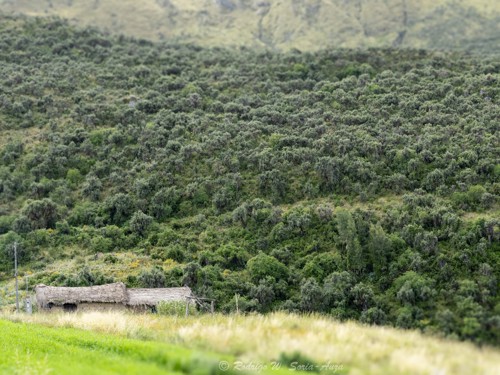 A fragment of high Andean native forest patch. Over 80% of remaining forest fragments of this type of forest are within the project area. Credit - Rodrigo Soria-Auza.
A fragment of high Andean native forest patch. Over 80% of remaining forest fragments of this type of forest are within the project area. Credit - Rodrigo Soria-Auza.
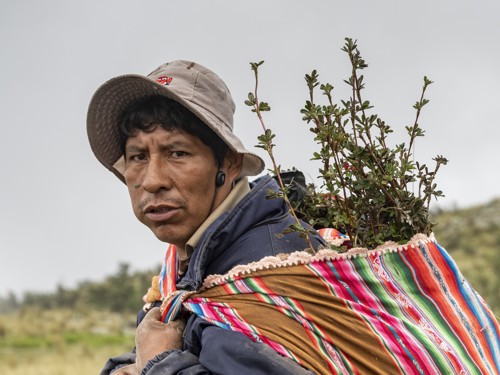
A legacy of empowerment
While the numbers are impressive – over 660,000 native trees planted and 1,000 ha of native forest declared as community protection areas by the end of project implementation (March 2024) – our project's true legacy lies in the shift from opposition to ownership. By 2025, 1 million native trees were reforested by at least 10,000 community members since the start of this project back in 2020. This was achieved by consolidating the Organismo de Gestión de Cuencas (OGC), or Watershed Management Organisation. The OGC is a formal governance body, led by community representatives, that now oversees the protection of the watersheds and native forests in their territories. Crucially, they also manage the reforestation fund, giving them the autonomy to plan and finance their own future. This has sparked a significant cultural change; in a region where leadership roles are traditionally held by men, we have actively supported women to take on decision-making positions. Today, at least three women are key members of the OGC's directorate, inspiring others and ensuring conservation is inclusive.
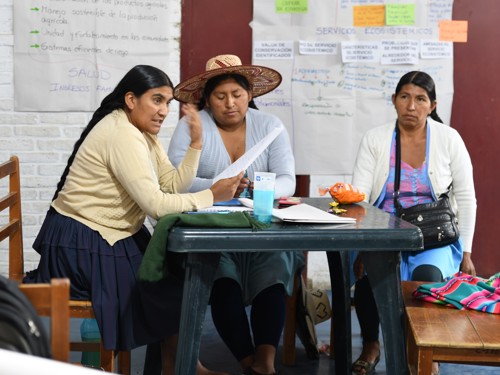
If we were to share one key lesson, it is the importance of time. Building the deep, trust-based relationships necessary for effective community participation took far longer than we initially planned. Respecting the communities' internal processes and timelines was essential to securing their genuine commitment.
Today, the Tiquipaya municipality is celebrated as a model for watershed protection, overcoming the long-held belief that conservation and rural development must conflict. Neighbouring municipalities have taken notice and are already beginning to replicate our activities. This is the legacy we are most proud of: a scalable, financially resilient model for conservation that is owned, led, and sustained by the very people who depend on it most.
Written by Rodrigo W. Soria-Auza, Daniela Aguirre-Torres, Omar Oporto-Daza, and Iván Perez-Hurtado. For more information on this Darwin Initiative Main project 28-019, led by Asociación Civil Armonía, please click here.
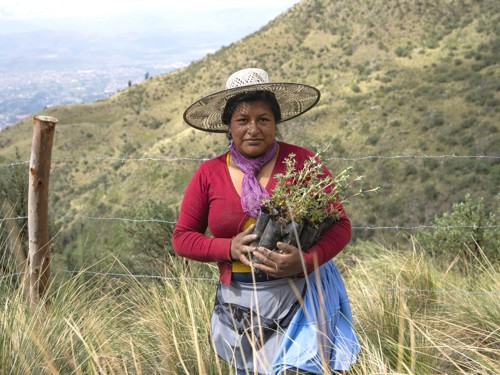
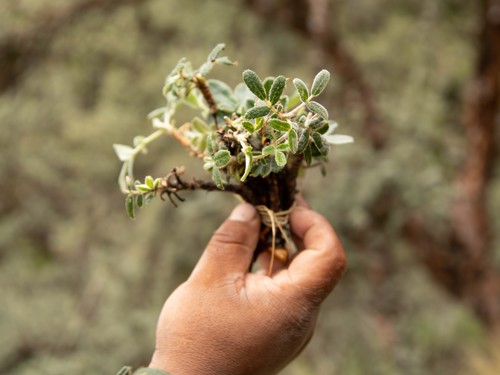
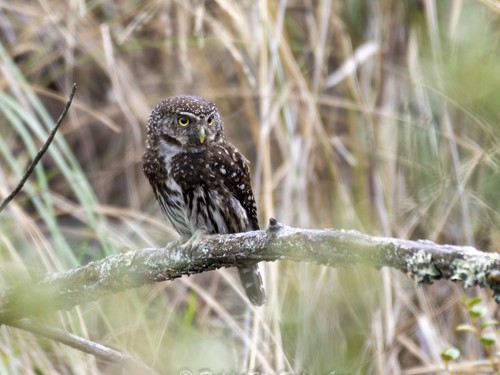
 Back
Back